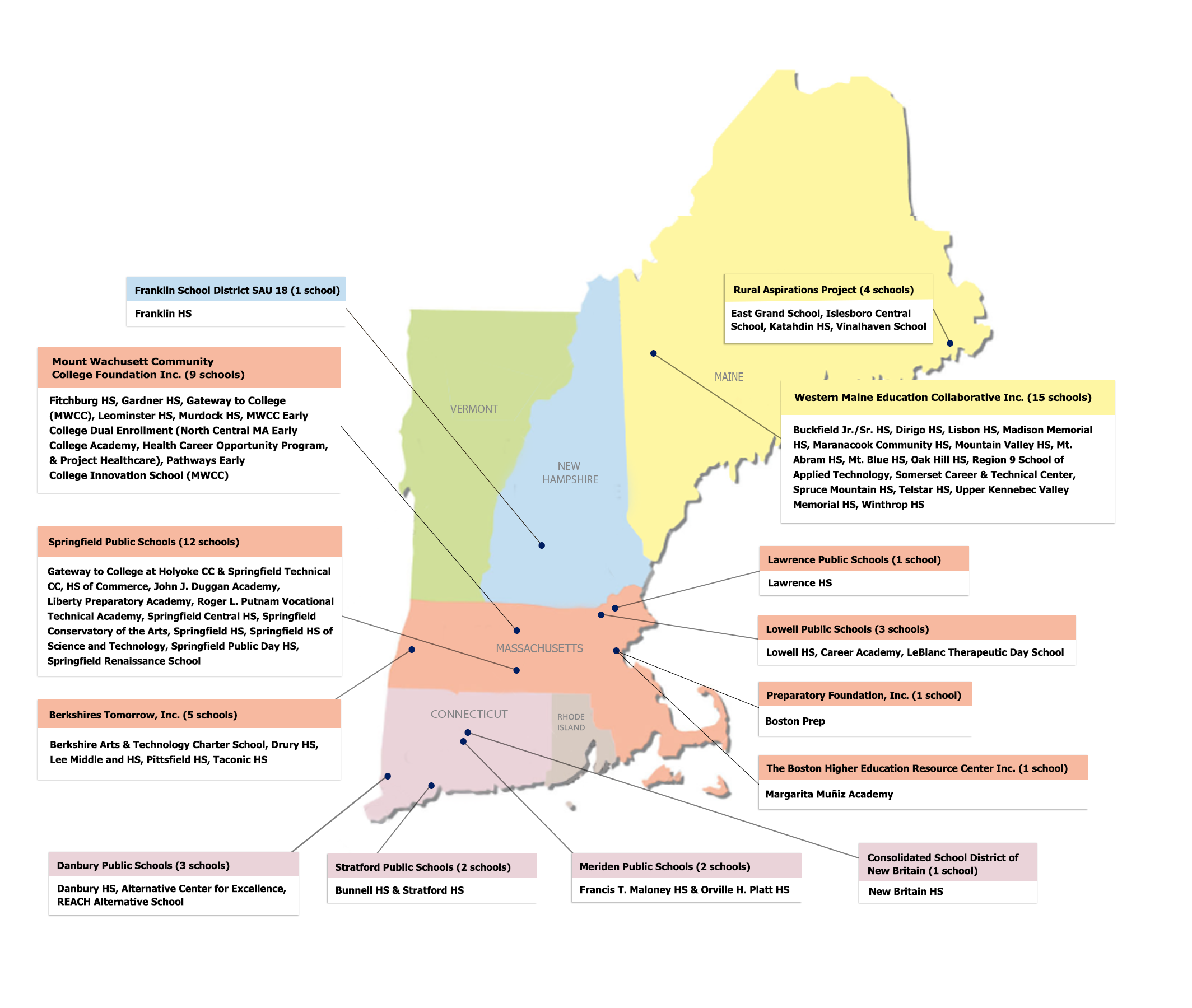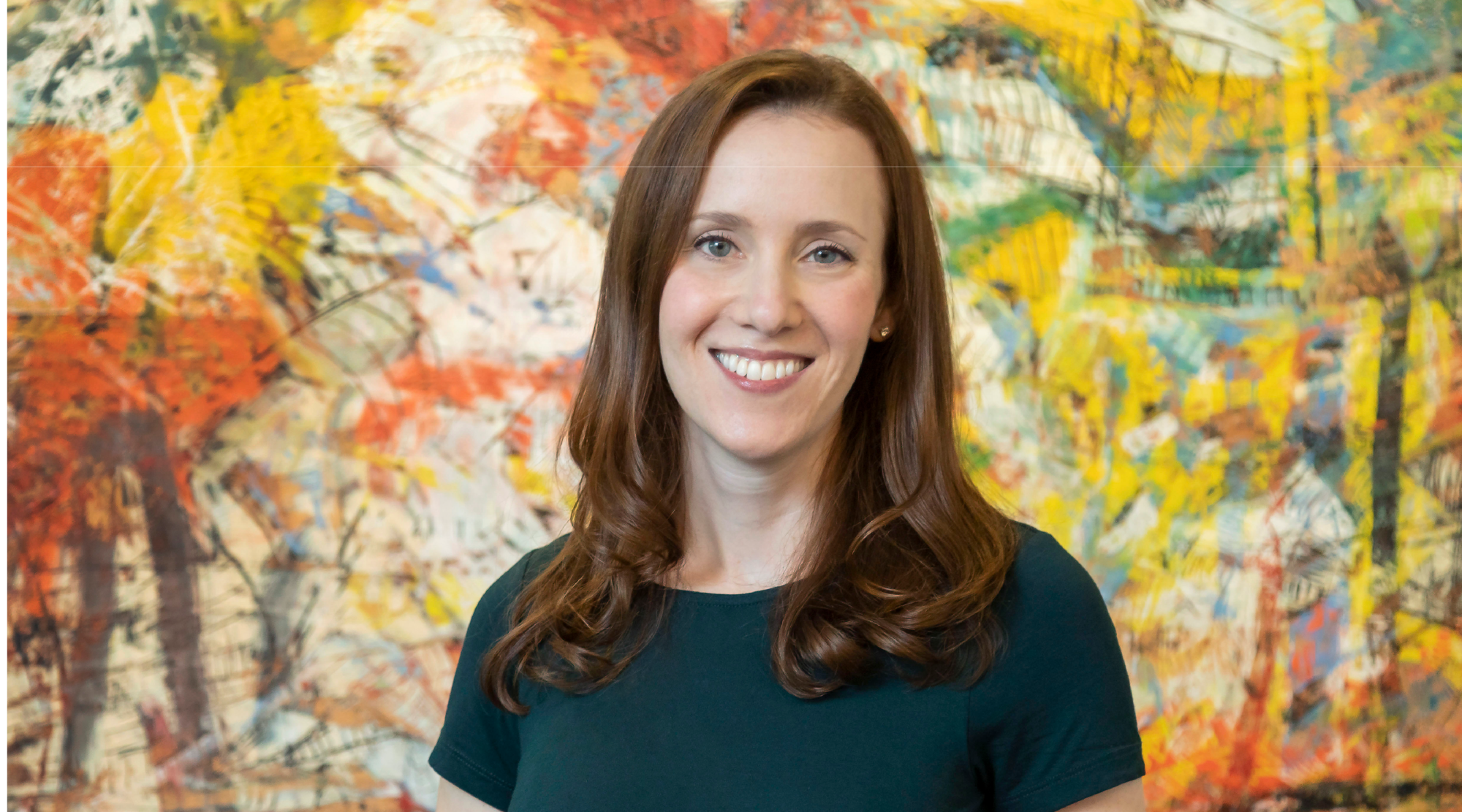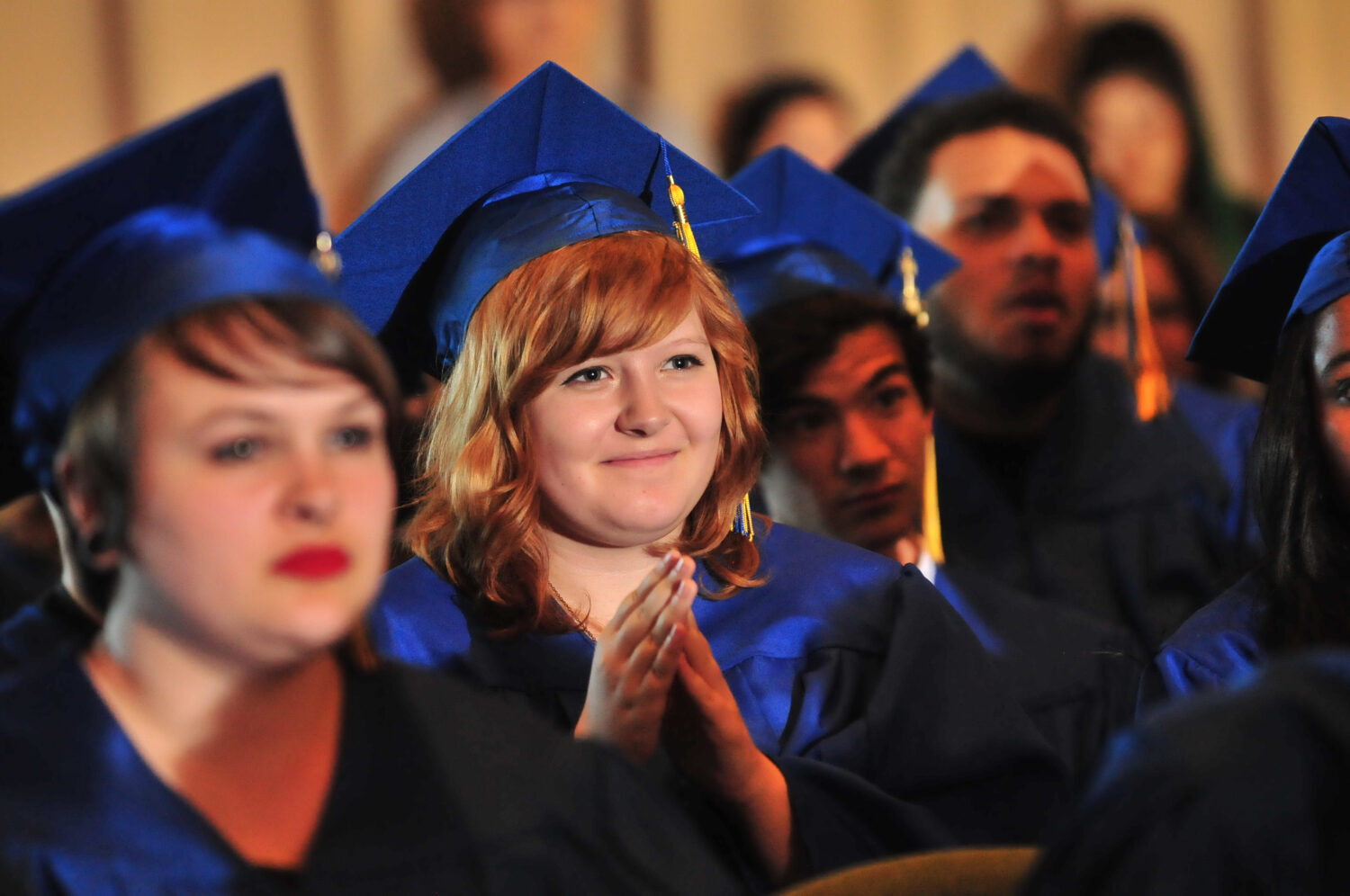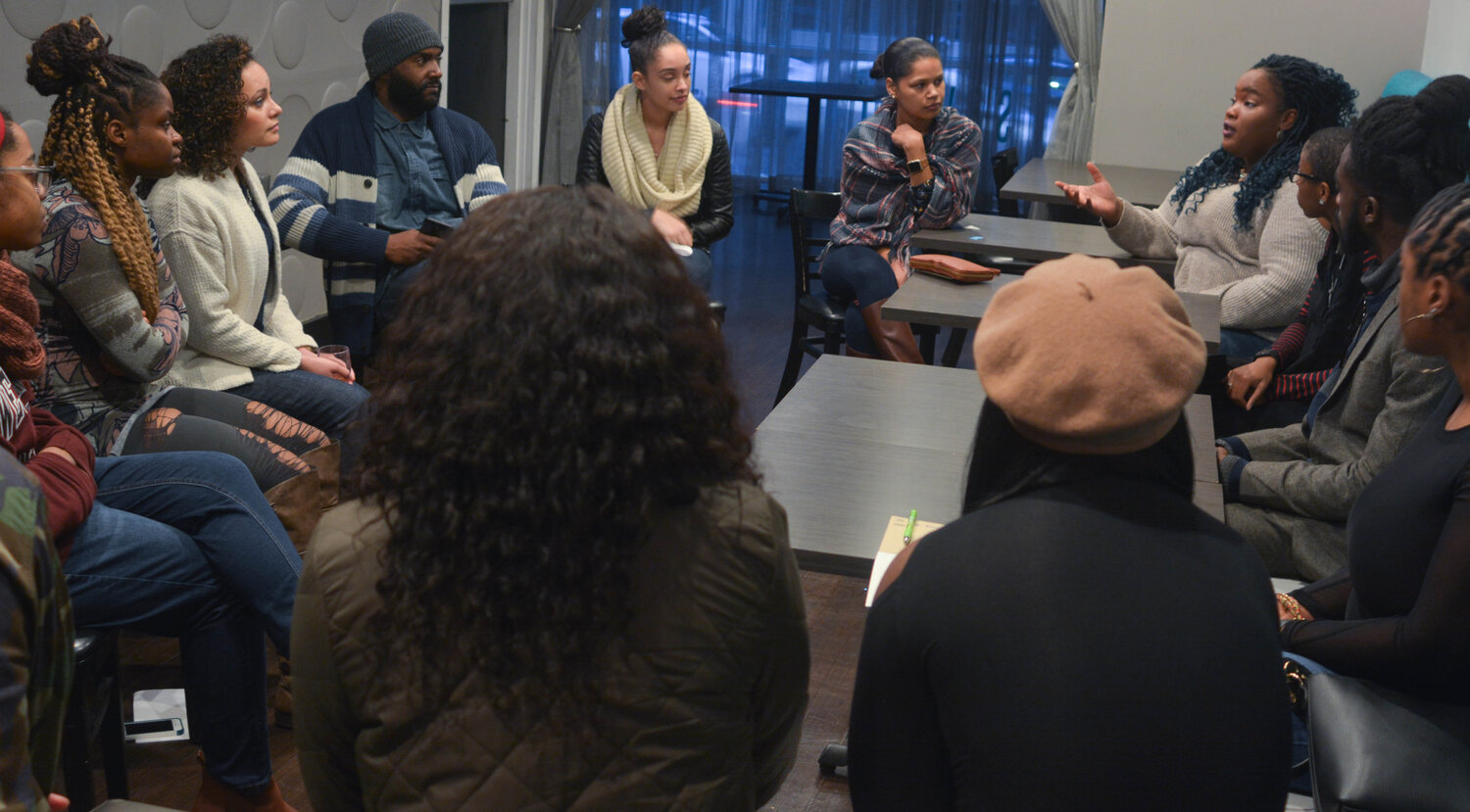In June 2019, we released an RFP for communities to build a locally-driven “portrait of a graduate” – a collective vision of high school graduates who are prepared for post-secondary success. Today, we are excited to announce grants to a cohort of 14 communities representing 60 high schools across New England.
Why a portrait of a graduate? At Barr, we believe that all students are capable of success. In order for schools to successfully educate all students for the realities of our rapidly changing world, communities must construct a new understanding of what school could look like. That’s where a portrait of a graduate can help. A portrait of a graduate articulates the vision of what all high school students will know and be able to do in order to succeed in college, career, and the community.
This diverse group of partners spans urban and rural communities across four states, and includes single school sites, multiple schools working together within one school system, and regional approaches of schools working together across systems. Of particular importance, these schools represent a composite rate of at least 50% high needs learners, a key step to ensuring that these visions of success prioritize students who have traditionally been underserved by school systems. Across these different contexts, all 14 communities have demonstrated a deep commitment to collectively visioning new possibilities for their high schools.
The 14 grantees are:
- Berkshires Tomorrow Inc.
- Boston Preparatory Charter Public School
- The Boston Higher Education Resource Center
- Consolidated School District of New Britain
- Danbury Public Schools
- Franklin School District SAU 18
- Lawrence Public Schools
- Lowell Public Schools
- Meriden Public Schools
- Mount Wachusett Community College Foundation
- Rural Aspirations Project
- Springfield Public Schools
- Stratford Public Schools
- Western Maine Education Collaborative
Geographic Representation of Grantees and High Schools Included in the Portrait of a Graduate Project
The portrait of a graduate process will result in a roadmap to drive change and align ongoing work in these 14 communities’ high schools. The process is community-led and includes students, families, school staff members, and committed partners in higher education, local employers, and others. From January-December 2020, each of the 14 grantees will bring these groups together at the planning table to:
- Examine graduates’ readiness for college and career.
- Review existing student outcome frameworks.
- Identify knowledge and skills all graduates will attain.
- Develop an action plan for using a portrait of a graduate to advance student outcomes.
Throughout the yearlong grant period, our partner The Learning Agenda will support the Portrait of a Graduate grantees through a cohort learning community. The learning community is both an opportunity for peer learning as well as for infusing knowledge from national experts.
We are excited to support and learn from communities as they begin deep planning and visioning for what they want for their students, and engage in new thinking about what the high school experience can be. We will share our learning throughout the year and invite you to follow our journey through updates on our new Catalyze New Models strategy page and join the conversation on social media via #DoingHSdifferently.





